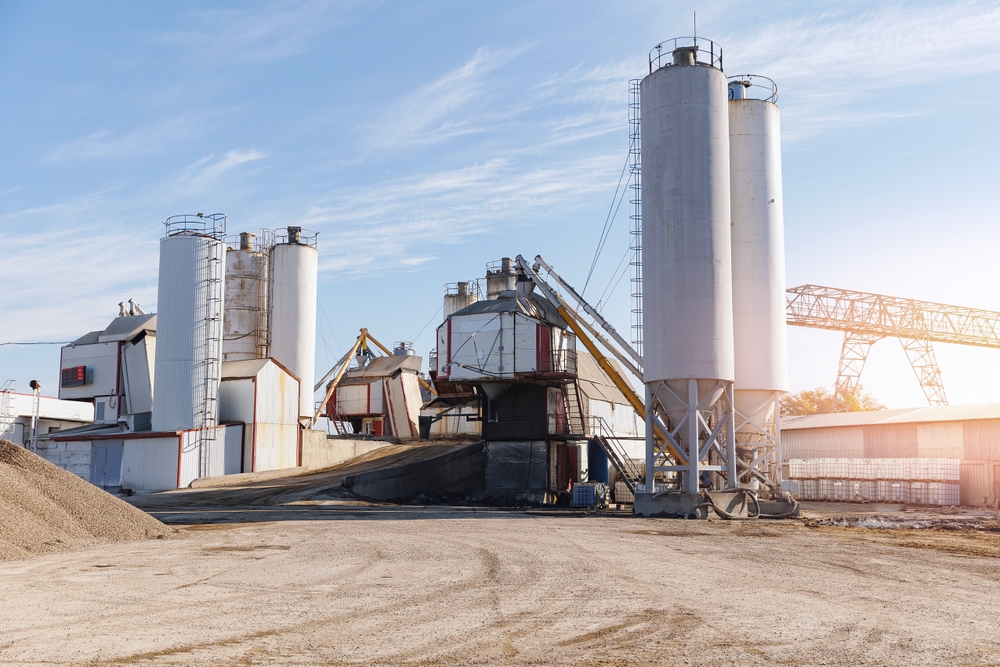The Role of Risk Management in Construction Projects
The Role of Risk Management in Construction Projects

Risk management plays a crucial role in ensuring the success and efficiency of construction projects. In the construction industry, projects are often subject to uncertainties such as fluctuating costs, environmental challenges, labor shortages, and regulatory changes. Without proper risk management, these variables can derail project timelines, inflate budgets, and compromise quality. Effective risk management helps project managers anticipate, mitigate, and control potential risks, leading to smoother project execution and better outcomes.
This article will explore the importance of risk management in construction projects, key strategies for effective risk handling, and how integrating risk management into every phase of a project can prevent costly mistakes.
Table of Contents
- Understanding Risk in Construction Projects
- The Importance of Risk Management
- Common Risks in Construction Projects
- Phases of Risk Management
- Risk Mitigation Strategies
- Benefits of Proactive Risk Management
- Conclusion
1. Understanding Risk in Construction Projects
Defining Risk in Construction
Risk refers to any unforeseen event or condition that, if it occurs, could negatively impact a construction project’s cost, timeline, quality, or safety. These risks may be external (like changes in government regulations) or internal (like incorrect estimates or poor project planning). In construction, risks can stem from various sources, including financial uncertainties, weather conditions, technical challenges, or supply chain issues.
2. The Importance of Risk Management
Why Risk Management Matters
Risk management is vital for several reasons:
- Prevents financial losses: By identifying and mitigating risks early on, project managers can avoid cost overruns and financial losses.
- Ensures project completion on time: Proper risk management helps anticipate delays and implement strategies to minimize their impact on project deadlines.
- Improves decision-making: Risk assessments provide a clearer picture of potential challenges, enabling better-informed decisions throughout the project lifecycle.
- Protects stakeholder interests: By minimizing risks, project managers can protect the interests of clients, investors, and other stakeholders, maintaining trust and confidence in the project’s success.
3. Common Risks in Construction Projects
Types of Risks
There are several categories of risks that commonly affect construction projects, including:
- Financial risks: Fluctuations in material costs, unexpected expenses, or lack of funding.
- Environmental risks: Weather-related disruptions, natural disasters, or unforeseen site conditions.
- Regulatory risks: Changes in local laws, building codes, or zoning regulations.
- Safety risks: Accidents or injuries on-site that can lead to delays and legal issues.
- Technical risks: Errors in design, faulty materials, or issues related to construction techniques.
Identifying these risks early allows for the development of strategies to mitigate their effects.
4. Phases of Risk Management
Risk Management Process in Construction
Effective risk management involves several key phases, including:
- Risk Identification: The first step is identifying all potential risks that could impact the project. This requires collaboration between project managers, architects, engineers, and contractors to create a comprehensive list of possible risks.
- Risk Assessment: After identifying risks, project teams assess the likelihood and potential impact of each risk. This step helps prioritize risks and determine which require immediate attention.
- Risk Mitigation: Once risks are assessed, strategies are developed to mitigate their effects. This could involve contingency planning, contract modifications, or adjusting timelines.
- Risk Monitoring and Control: Throughout the project, risks are continuously monitored, and control measures are adjusted as needed to respond to new challenges or changes.
- Risk Documentation: All risks, along with their mitigation strategies and outcomes, should be documented to ensure transparency and for future reference in similar projects.
5. Risk Mitigation Strategies
How to Minimize Construction Risks
To effectively manage risks, project managers can employ various strategies:
- Contractual Protections: Ensure contracts are detailed and include clauses that protect against unforeseen changes, such as material cost increases or delays.
- Contingency Budgets: Set aside a portion of the budget to cover unexpected costs or changes during construction.
- Regular Communication: Maintain open and frequent communication among all project stakeholders to identify risks early and collaboratively find solutions.
- Health and Safety Protocols: Implement strict safety guidelines to reduce the chances of accidents and legal liabilities.
- Technology Integration: Use project management software to track progress, manage resources, and forecast potential risks in real-time.

6. Benefits of Proactive Risk Management
Why Being Proactive Is Essential
Proactive risk management in construction offers several benefits:
- Cost savings: Identifying risks early allows project teams to address them before they become expensive issues.
- Timely project completion: By anticipating potential delays, project managers can adjust timelines to avoid significant disruptions.
- Improved stakeholder confidence: Regular updates and transparency in risk management build trust with clients, contractors, and investors.
- Higher quality outcomes: Proper risk management ensures that the project remains on track in terms of both quality and safety, resulting in a more successful final product.
7. Conclusion
Risk management is an essential part of any construction project. From the initial planning stages to project completion, managing risks proactively helps mitigate delays, control costs, and deliver high-quality results. Construction project managers must incorporate a robust risk management strategy to ensure that potential challenges are identified, assessed, and mitigated, safeguarding the success of their projects.
For expert guidance on risk management in construction, feel free to contact us.
External Resources for Legal Guidance
Role of Risk Management in Construction Projects
Read more related articles to enhance your knowledge and make informed decisions
10 Essential Steps in the Building Construction Process
How to Choose the Right Materials for Your Construction Project








